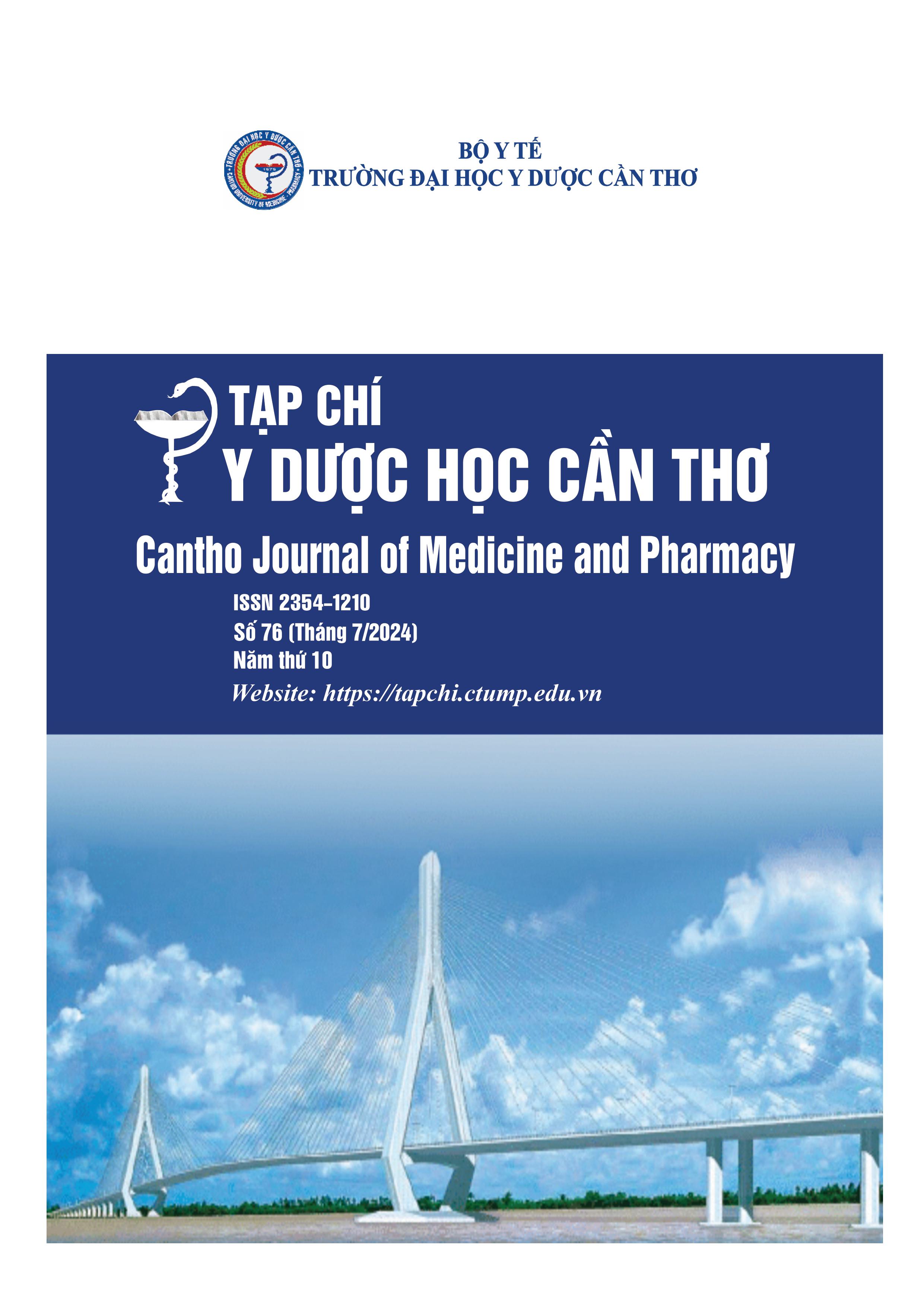RESULTS OF INDUCTION LABOR WITH OXYTOCIN AND DINOPROSTONE IN TERM PREGNANCIES OVER 37 WEEKS
Main Article Content
Abstract
Background: There are many methods of labor induction with different advantages and disadvantages, so choosing the appropriate method is a challenging issue in clinical practice. Objectives: To evaluate the results of labor induction with oxytocin and dinoprostone in term pregnancies. Materials and method: Randomized control trial study pair-matching homologously in parity group of 130 pregnant women, in which 65 women received oxytocin and 65 women received dinoprostone. Results: The rate of successful labor induction in the oxytocin group was 76,9% and dinoprostone groups was 84% and 69.1%, but not statistically significant (p>0.05). The main unwanted effects were uterine contraction disorders 10.8% in the dinoprostone group and 1,5% in the oxytocin group; No case of uterine rupture or postpartum hemorrhage were recorded. Conclusion: The successful labor induction rate of the two groups oxytocin and dinoprostone was quite high and seem to be not different.
Article Details
Keywords
Induction of labor, oxytocin, dinoprostone, vaginal delivery
References
2. Vũ Quốc Nhân. Nghiên cứu đặc điểm lâm sàng, cận lâm sàng và kết quả khởi phát chuyển dạ bằng Dinoprostone trên thai phụ có chỉ định chấm dứt thai kỳ tại Bệnh viện Phụ sản Thành phố Cần Thơ năm 2022-2023. Luận văn tốt nghiệp bác sĩ nội trú. Đại học Y Dược Cần Thơ. 2023.
3. Melese Gezahegn Tesemma, Demisew Amenu Sori, Desta Hiko Gemeda. High dose and Low dose oxytocin regimens as determinants of successful labor induction: a multicenter comparative study. BMC Pregnancy and Childbirth. 2020. 20(1), 20, 232.
4. WHO. WHO recommendation on use of low doses of vaginal prostaglandins for induction of labour. 2011. URL: https://apps.who.int/iris/bitstream/handle/10665/44531/9789241 501156_eng.pdf?sequence=1.
5. Huỳnh Nguyễn Khánh Trang, Tăng Trường Bản. Hiệu quả của Propess làm chín mùi cổ tử cung và khởi phát chuyển dạ trên thai trưởng thành đủ tháng tại Bệnh viện Hùng Vương. Y học thành phố Hồ Chí Minh. 2021. 25(1), 238-243.
6. Nguyễn Hữu Thời. Kết quả khởi phát chuyển dạ bằng sonde Foley và Dinoprostone ở thai ≥37 tuần tại Bệnh viện Đa khoa Trung Ương Cần Thơ năm 2022-2023. Y Dược học Cần Thơ. 2023. 65, 212-218.
7. Phạm Chí Kông, Bùi Thị Viễn Phương. Nghiên cứu hiệu quả khởi phát chuyển dạ bằng propess đặt âm đạo. Tạp chí Phụ Sản. 2021. 19(1), 38-47.
8. Ting-An Chang, et al. Oxytocin and vaginal dinoprostone in labor induction: A systematic review and meta-analysis. Int J Gynaecol Obstet. 2024. doi: 10.1002/ijgo.15443.
9. Tamer E.Elghazaly, et al. Comparison between Oxytocin and Dinoprostone in Labor Induction in Pregnancies with Premature Rupture of Membranes. The Egyptian Journal of Hospital Medicine. 2023. Vol. 90 (2), 2998-3003.
10. Akay, et al. Comparison of Low-Dose Oxytocin and Dinoprostone for Labor Induction in Postterm Pregnancies: A Randomized Controlled Prospective Study. Gynecologic and Obstetric Investigation. 2012. 73, 242-247. doi: 10.1159/000334404.


